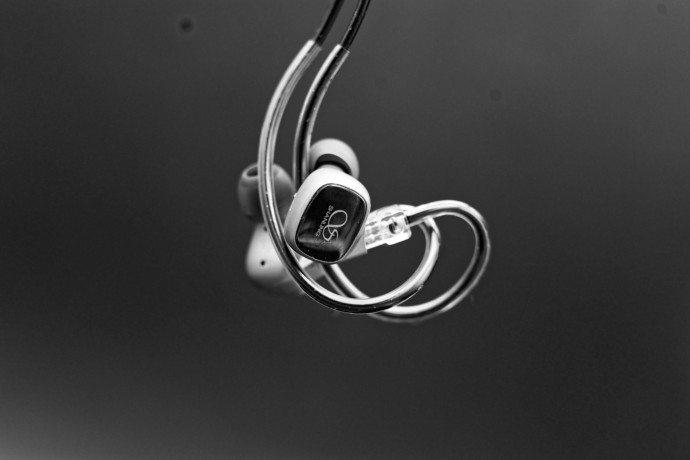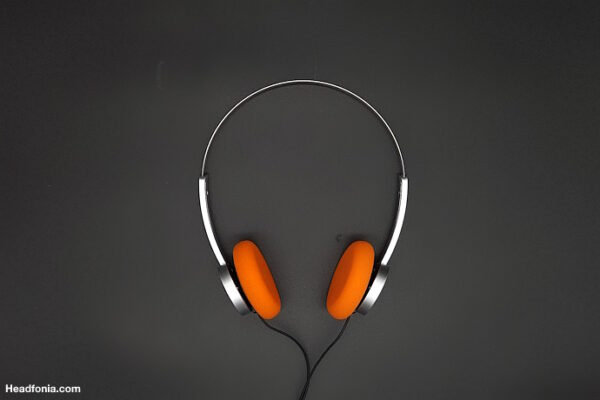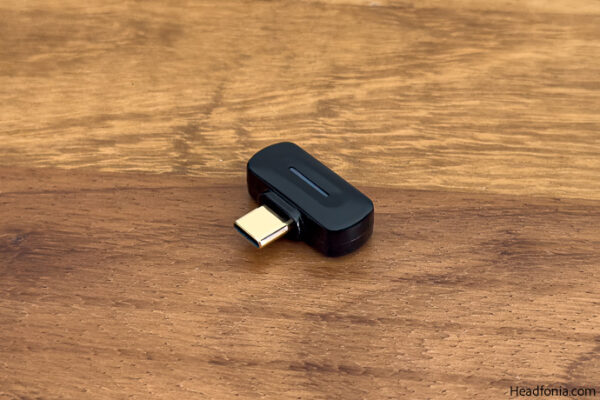If Google is showing you this page directly, click here to go to the start of the article.
Sound performance
My main sources were: FiiO KA17 / Shanling M1 Plus / SMSL DO400, trusted sources from trusted brands that I used extensively for the past months. I also added the FiiO JM21 (review incoming) for the amp section, but most of my listening sessions came directly from the portable DAC/Amp combo.
Files were played from either Apple Music / Spotify or my own music library. Some tracks will be highlighted, just so you can try them at home too!
Overall signature
So, how does the Shanling MG20 fare in the ever-growing world of budget-friendly IEMs? Very well, actually.
Out of the box, paired with the FiiO KA17, I was pleasantly surprised by how dynamic and full-bodied these little in-ears sounded. Bass was punchy and well-extended, without creeping into over-exaggerated territory, while the mids remain well-controlled, ensuring vocals and instruments retain their natural timbre. Treble was also crisp, though a little more laid-back than some of Shanling’s other IEMs, but thanks to that you avoid any harshness or excessive sparkle.

Compared to the FiiO FD11 that I reviewed a few months ago, the MG20 leans slightly warmer, with a more prominent low-end presence and a touch of extra weight in the mid-bass – something that I’d never expected from the brand. That said, despite their strong low-frequency response, the MG20 never drown out the mids and male vocals, in particular, come through with an engaging richness, making them an excellent pick for jazz or acoustic tracks.
Again, with low impedance and high sensitivity, these are incredibly easy to drive, making them a fantastic choice for users who don’t want to rely on bulky amps or powerful DAPs. Even with an entry-level dongle DAC like the FiiO KA11, they retained good clarity and energy but if you were to fully unlock their potential, pairing them with the Shanling M1 Plus is the way to go. The added finesse in the midrange and the improved separation truly made these IEMs shine, bringing out finer nuances in complex mixes.
The only real downside? The soundstage was a bit narrower than expected, which means that while instrument separation remains solid, the sense of air and openness wasn’t as impressive as it could be. Imaging is precise, but if you’re looking for a spacious, out-of-head presentation, you might want to look elsewhere.

That said, bassheads should take note – the MG20 are surprisingly capable when it comes to sub-bass depth and impact, and listening to Spirits of sheba, the MG20 delivered a tight, well-controlled low-end. Still, if those looking for deep, resonating sub-bass might find them a little tame, I found the kick drums excellent. Of course, Compared to something like the ME800, the MG20 don’t dig quite as deep, but let’s remember that those are $50 IEM…
And, for fast-paced electronic tracks, they perform admirably. Desert queen from Adam Bayer was handled with confidence, the MG20 keeping up with the track’s rapid transients and layered synths without ever becoming congested. The controlled mid-bass gave a nice punch without bleeding into the mids, ensuring a clean and engaging experience. Kudos to the team for their pairing with the Shanling M1 Plus, the combo proving to be an ideal match here, reinforcing the MG20’s natural dynamics and allowing them to shine on rhythmic-heavy genres.
A good job!
Tonality
Highs: clean but slightly recessed. Not the best highs you could get from Shanling’s line-up, but definitely not the worse. There is no sibilant and you can confidently raise the volume never to encounter any harshness, making the MG20 a great all-rounder.
Good test-track : Through and Through – Leaving Laurel
Mids: rich and full. The narrow soundstage might disappoint some, but the clean mids make for a very pleasant experience. As usual, Shanling’s done an excellent job in this regard: voices are bliss, and the earphone can fully immerse you, in just a few seconds. For jazz and classical lover, this is easily the best option available in this price range IMO.
Good test-track: Money – Pink Floyd
Bass: clean and deep. Compared to the FD11 reviewed last time, the MG20 seem to go as low or deeper, but also appears sharper, even with low-end source. It doesn’t go too deep when plugged through a basic source, but paired with a powerful one, the result is impressive.
Good test-track: Sacrifice – Sara Landry

Conclusion
If you love electro, the Shanling MG20 is a true bang for your buck, standing out as one of the best options in its category.
Build quality is great, the shape should fit all and every ears and for less than $50, you get an excellent all-rounder that won’t break the bank, especially considering how easy to drive they are.
Sound-wise, the sound-stage might appear a bit too narrow for some user, but as far as I’m concerned, I’d say that Shanling nailed the sound signature of the MG20, offering the right balance between fun, and accuracy – despite the limitation of a single dynamic driver.
So yeah, if you’re in the market for a good, affordable IEM,, the Shanling MG20 will be a serious contender, that you might add to your tier list. I did.
Summary
Pros:
- very good sound whatever the source
- great construction and premium cable (for the price)
- sturdy zing-alloy shell
- solid bass even with lightweight sources
- just around $50
Cons:
- soundstage isn’t expensive
- bass might be a bit to prominent for some









